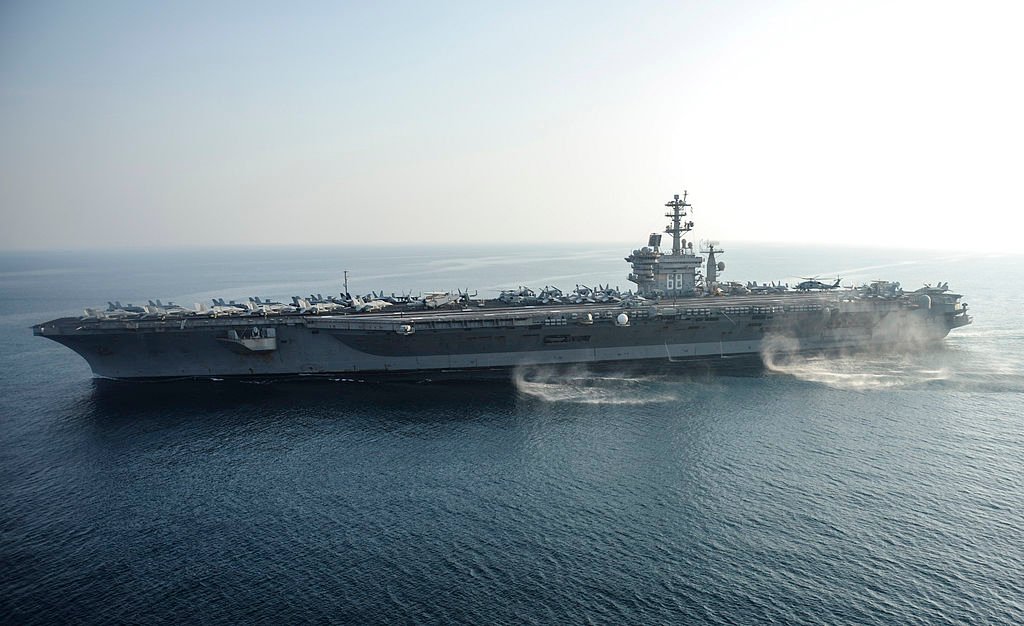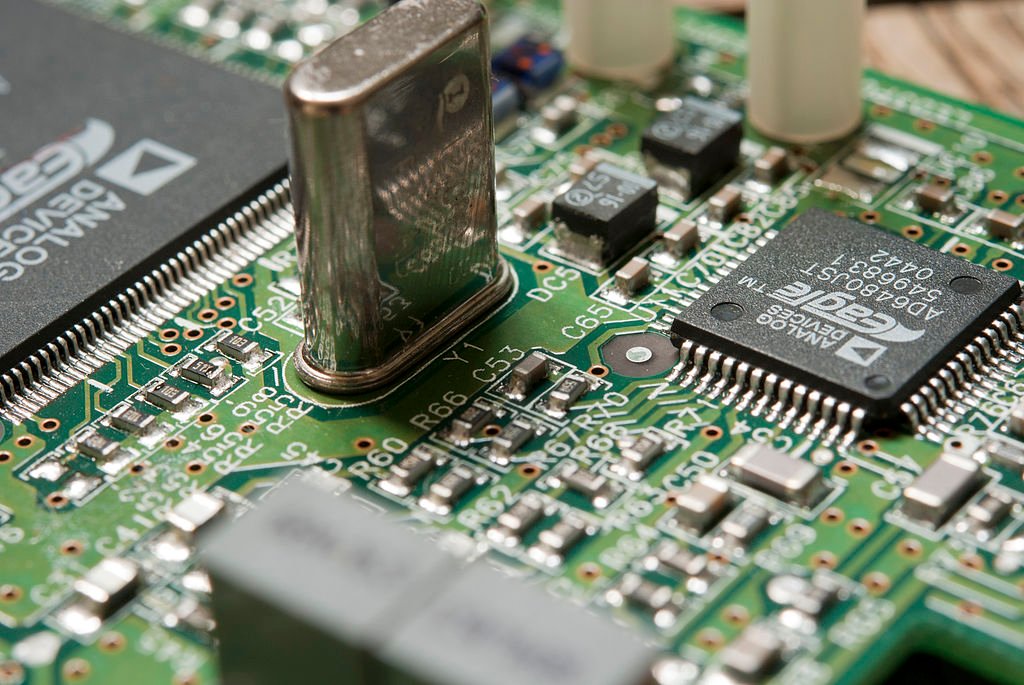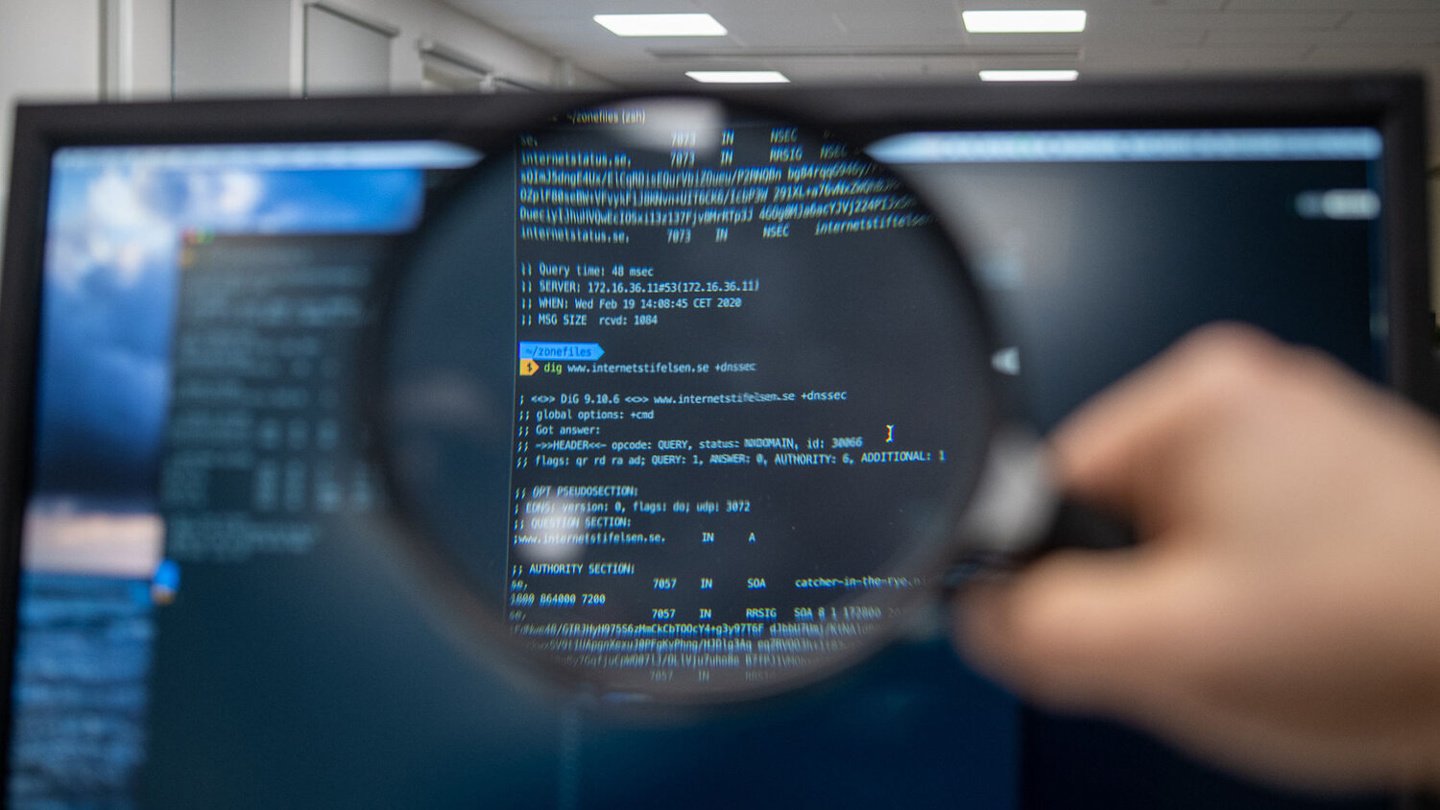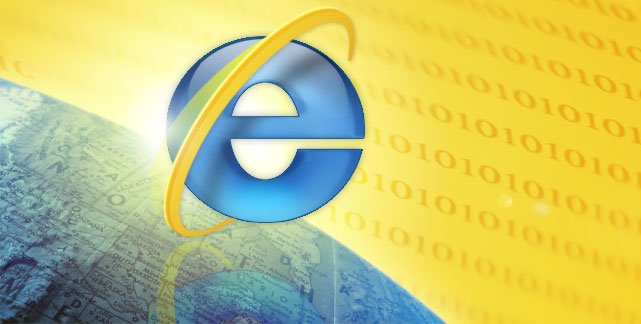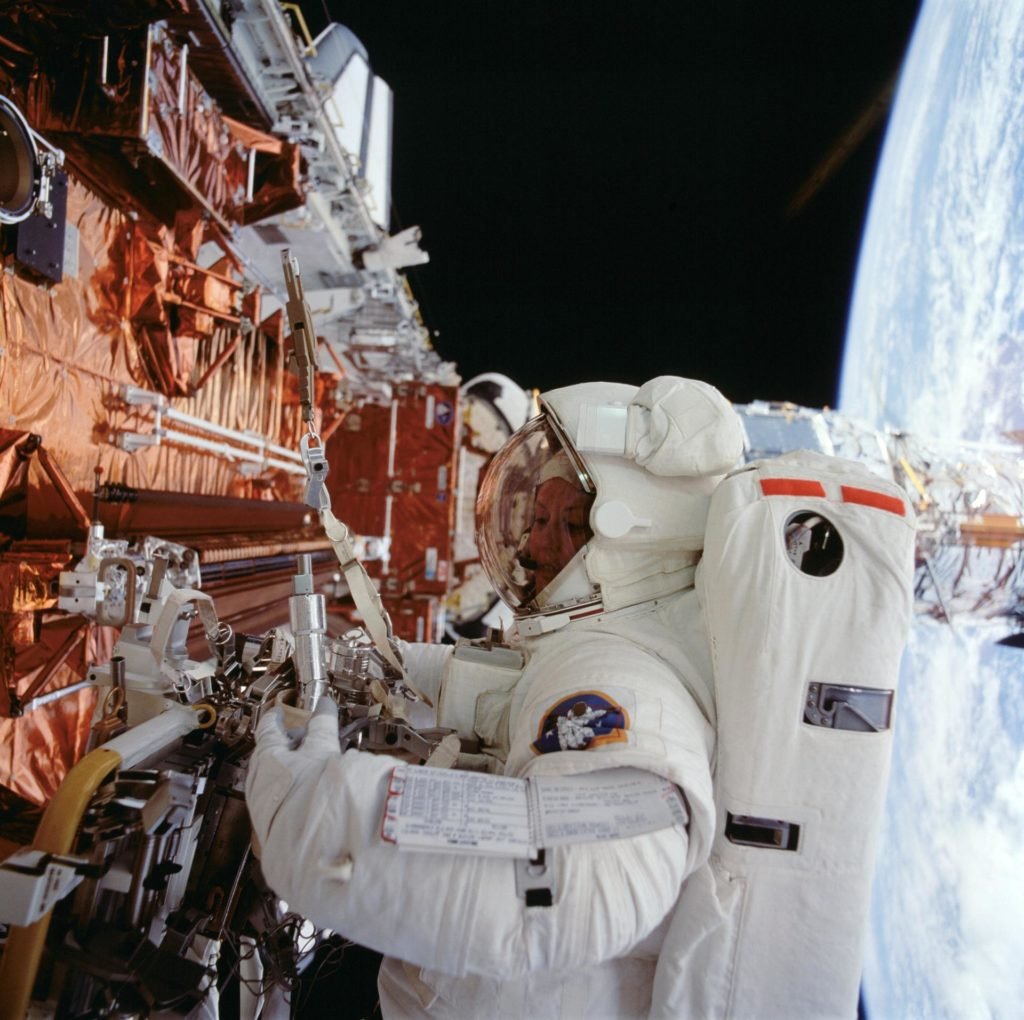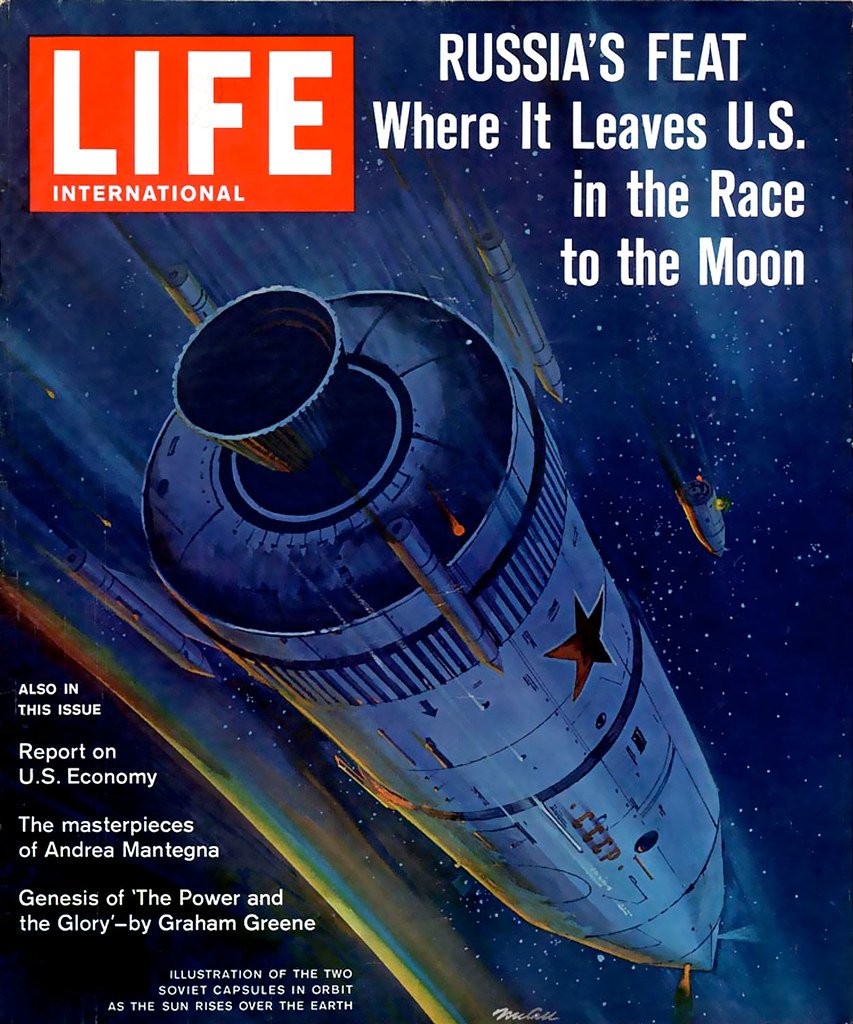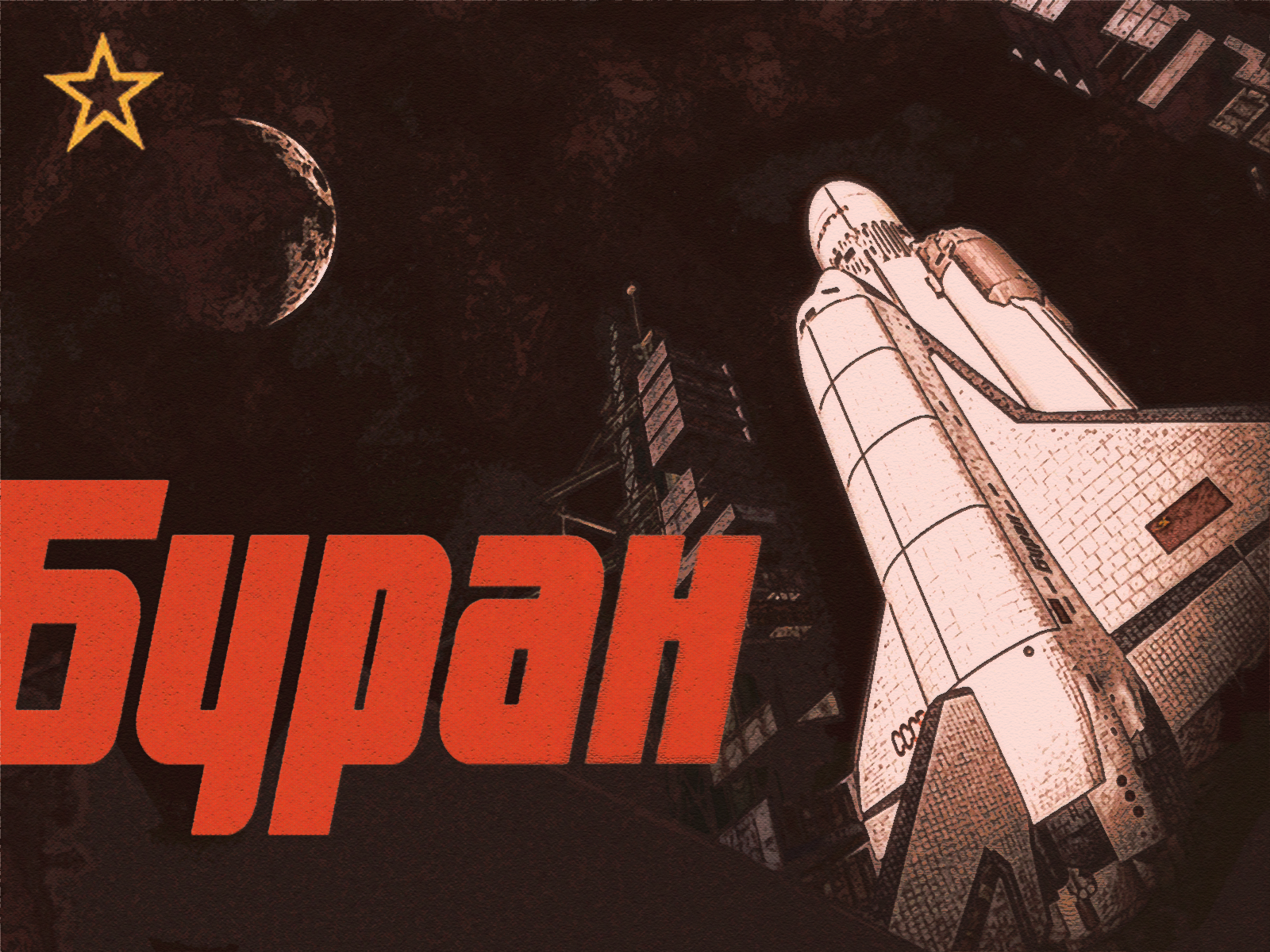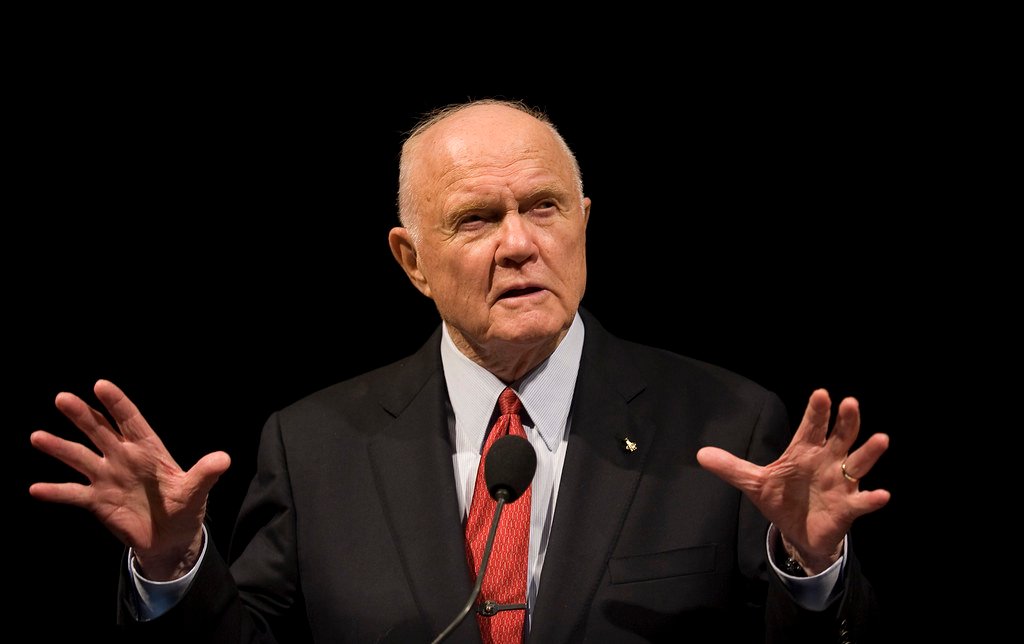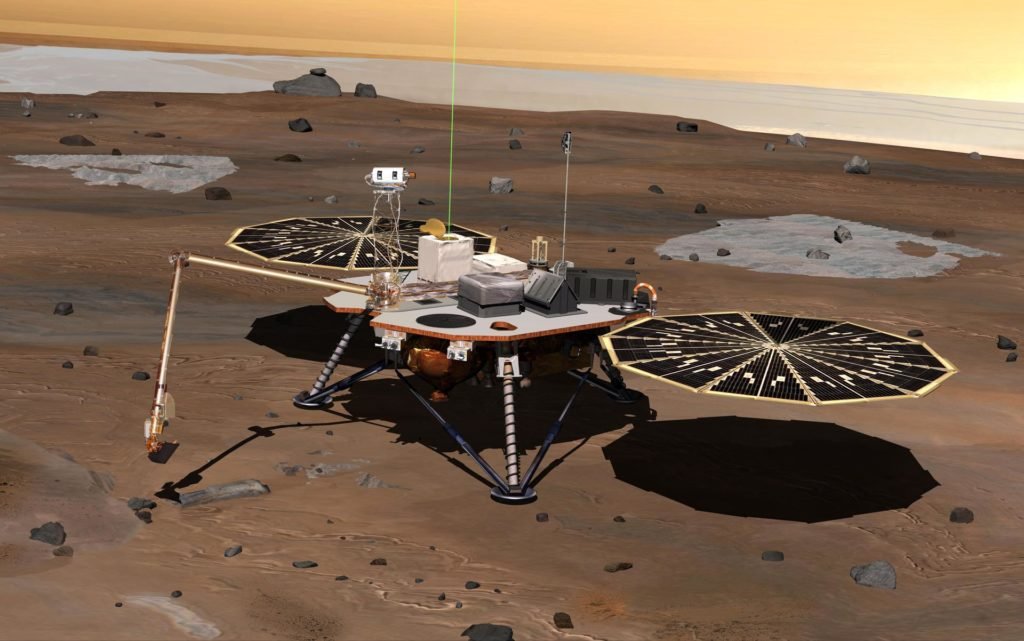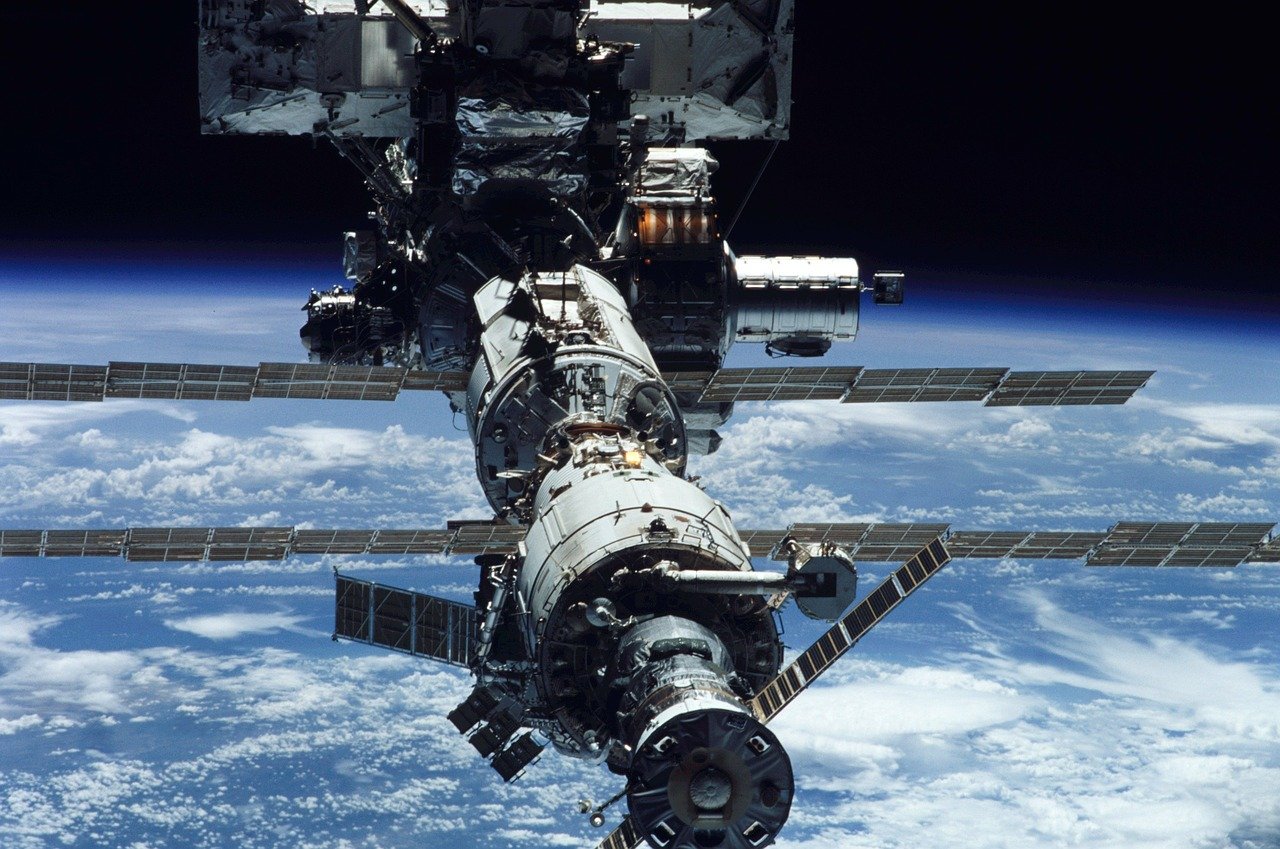The James Webb Space Telescope (JWST), often referred to as NASA’s highly anticipated successor to the Hubble Space Telescope (HST), marks a pivotal milestone in the realm of space exploration and astrophysics. While HST has been an icon of astronomical discovery since its launch in 1990, JWST represents the next giant leap in our quest to unveil the mysteries of the cosmos. In this article, we delve into the intriguing world of space telescopes, highlighting the critical role that both Hubble and JWST play in NASA’s ongoing mission to explore the universe.
The Hubble Space Telescope, affectionately known as HST, has been a scientific marvel for over three decades. Operated by NASA in collaboration with the European Space Agency (ESA), HST has provided breathtaking images and invaluable data, fundamentally altering our understanding of the universe. HST’s achievements encompass unraveling the age of the universe, identifying exoplanets, studying distant galaxies, and capturing awe-inspiring images of celestial phenomena. Its impact on astronomy and astrophysics is immeasurable.
As we explore the evolution of space telescopes, we cannot ignore the critical juncture represented by the James Webb Space Telescope. Designed as the spiritual successor to Hubble, JWST is slated to launch into space to take its place among the stars. JWST promises to push the boundaries of scientific discovery even further, with its advanced technology and capabilities. Its main objectives include studying the formation of stars and galaxies, exploring the atmospheres of exoplanets, and investigating the origins of cosmic structures.
Operated by NASA’s Goddard Space Flight Center in partnership with international space agencies, JWST’s mission is poised to complement and expand upon the groundbreaking work of the Hubble Space Telescope. Together, these space telescopes represent humanity’s ongoing dedication to unraveling the universe’s mysteries. In this article, we will delve into the key features of both Hubble and JWST, highlighting their unique contributions to our understanding of the cosmos.
Table of Contents
How long does Hubble have left?
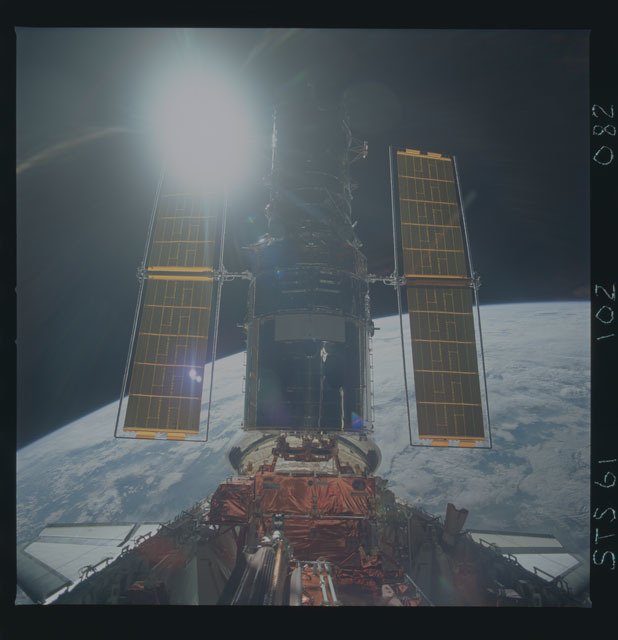
The Hubble Space Telescope (HST) continues to operate, but its operational lifespan is determined by various factors, including the condition of its systems and the availability of resources for its maintenance and operation. Hubble’s longevity is a testament to its resilience and the success of its servicing missions.
Originally designed with a 15-year lifespan, Hubble has significantly surpassed its initial expectations. The last servicing mission in 2009 (STS-125) equipped the telescope with new instruments and repaired existing ones, ensuring its continued scientific productivity.
NASA and the European Space Agency (ESA), which jointly operate Hubble, have extended its mission in increments. As of 2021, its mission was extended until at least 2025. However, the exact remaining lifespan depends on several factors, including the health of its instruments, gyroscopes, and other systems.
Hubble’s successor, the James Webb Space Telescope (JWST), is now operational, and its advanced capabilities will complement Hubble’s observations. The overlap in their missions allows astronomers to continue groundbreaking research even if Hubble’s operational life eventually comes to an end.
Ultimately, the duration of Hubble’s operational life depends on its condition and the decisions of NASA and ESA. They will continue to evaluate its performance and the scientific value it provides, which will determine its operational status in the coming years.
Why has Hubble lasted so long?
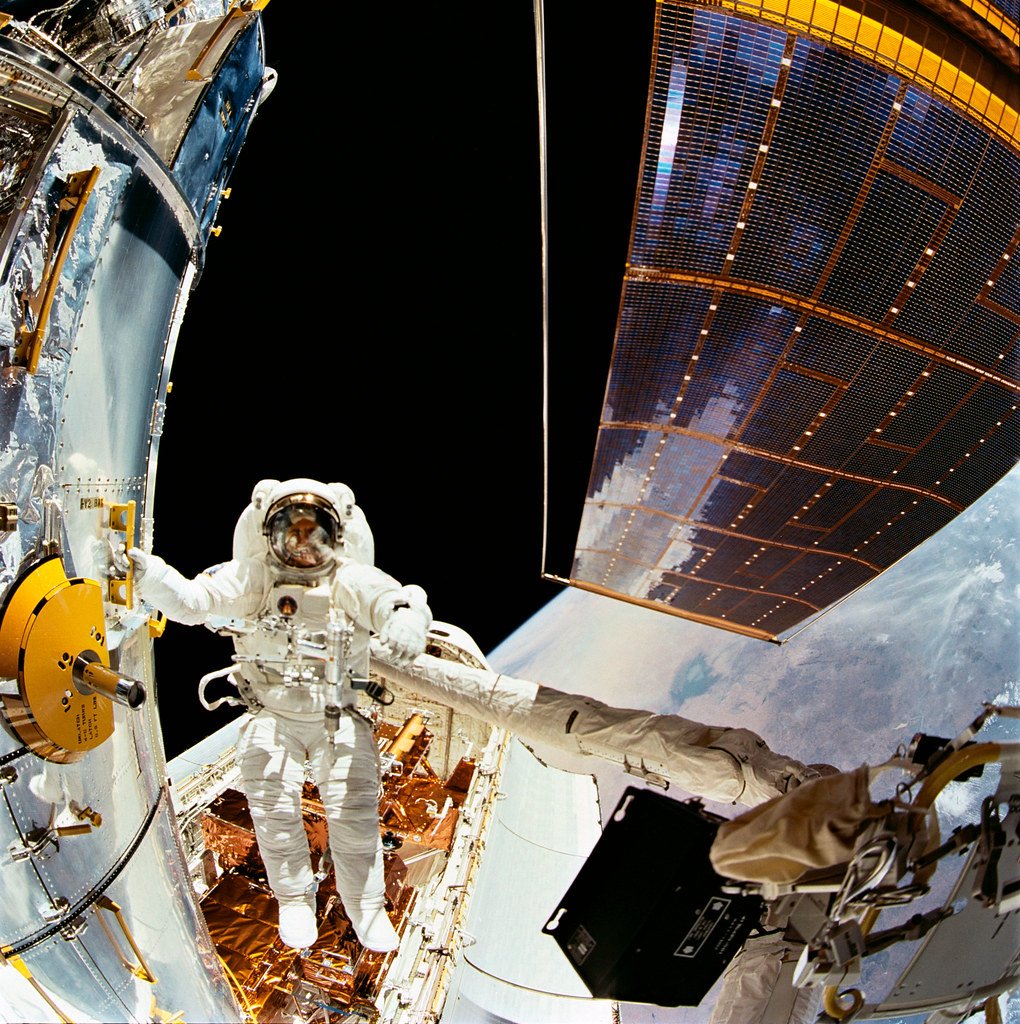
The Hubble Space Telescope (HST) has endured and thrived for an astonishingly long time due to several key factors:
Exceptional Engineering
Hubble was designed and built with the utmost precision and engineering excellence. Its components were rigorously tested to withstand the harsh conditions of space, and its instruments were designed for flexibility and adaptability.
Servicing Missions
Hubble benefited from five servicing missions, where astronauts conducted repairs, upgrades, and maintenance. These missions replaced aging components, installed advanced instruments, and corrected initial optical imperfections, significantly extending its operational life.
Redundancy
HST was equipped with redundant systems and components. If one part failed, there was often a backup system that could be activated, allowing the telescope to continue functioning despite technical glitches.
Robust Solar Panels
Hubble’s solar panels have continued to provide power efficiently. Although they’ve gradually degraded over time, they still generate sufficient electricity to operate the telescope effectively.
Remote Diagnostics and Reprogramming
Scientists and engineers on Earth have been able to diagnose and sometimes even repair issues remotely by reprogramming the telescope’s systems.
Orbital Environment
Hubble orbits Earth at an altitude above the planet’s atmosphere, which eliminates the corrosive effects of atmospheric drag and pollution that affect ground-based observatories.
Dedicated Support
A dedicated team of scientists, engineers, and technicians has continuously monitored and supported Hubble, ensuring that it operates optimally.
Adaptive Scheduling
Hubble’s observation schedule has been adapted to maximize its scientific output while conserving its limited resources, such as gyroscopes and reaction wheels.
The combination of exceptional engineering, regular servicing, adaptability, and a dedicated team of experts has allowed the Hubble Space Telescope to overcome numerous challenges and continue to provide stunning images and invaluable scientific data for over three decades, making it one of the most iconic and enduring space telescopes in history.
The Hubble Space Telescope: Servicing, Upgrades, and Astronaut Missions
There have been several servicing missions to the Hubble Telescope where astronauts conducted repairs, upgrades, and maintenance to extend its operational life and improve its capabilities.
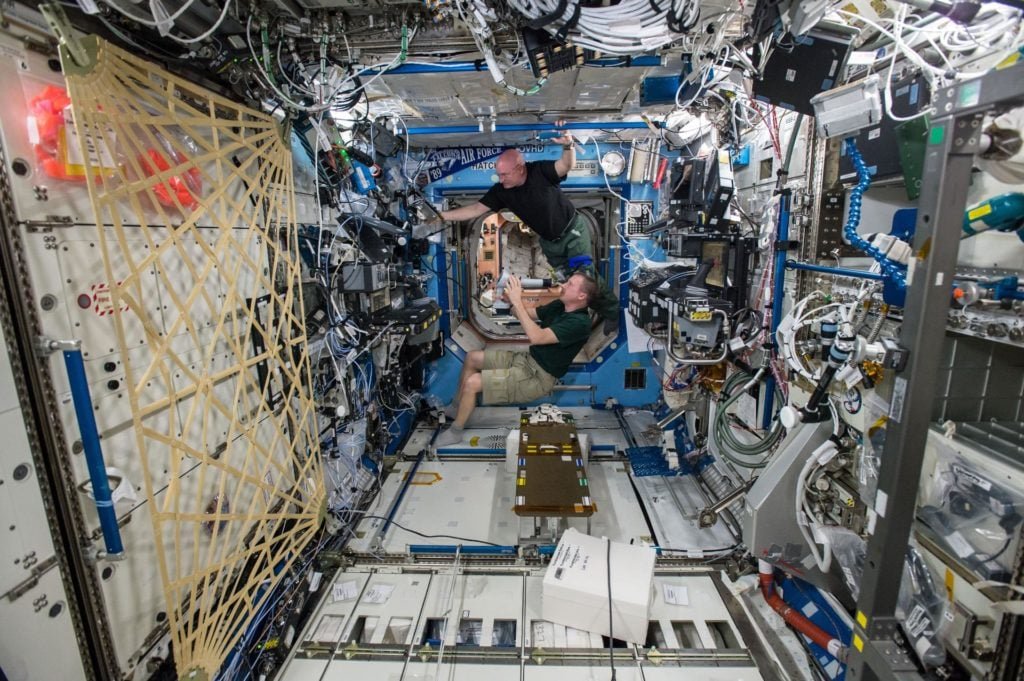
The Hubble Space Telescope was launched into space on April 24, 1990, aboard the Space Shuttle Discovery (STS-31 mission). Over the years, it has undergone several servicing missions, which involved astronauts visiting the telescope in space and performing various tasks to keep it operational and enhance its capabilities.
The servicing missions, known as Hubble Space Telescope Servicing Missions (HST-SM), were carried out by NASA using the Space Shuttle. These missions involved complex and intricate spacewalks (extravehicular activities or EVAs) to conduct repairs, replace instruments, install new instruments, and upgrade various components.
Here is a summary of the servicing missions:
STS-61 (1993) – First Servicing Mission (SM1)
During the first servicing mission of the Hubble Space Telescope (HST), designated STS-61 and conducted in 1993, astronauts undertook critical tasks to enhance the telescope’s scientific capabilities. One notable upgrade was the replacement of the High-Speed Photometer (HSP) with the Wide Field and Planetary Camera 2 (WFPC2). This instrument switch significantly improved the telescope’s imaging capabilities, enabling it to capture clearer and more detailed images of celestial objects.
Moreover, to address the issue of optical aberration that had affected Hubble’s early observations, astronauts installed COSTAR (Corrective Optics Space Telescope Axial Replacement). COSTAR was designed to correct the spherical aberration in the telescope’s primary mirror, which caused images to be less sharp than anticipated. This corrective measure substantially improved the overall image quality and allowed Hubble to fulfill its scientific mission by delivering remarkable and unprecedented views of the universe. These early servicing missions played a crucial role in establishing Hubble as one of the most influential astronomical observatories in history.
STS-82 (1997) – Second Servicing Mission (SM2)
During the second servicing mission of the Hubble Space Telescope (STS-82), astronauts installed two cutting-edge instruments, the Space Telescope Imaging Spectrograph (STIS) and the Near Infrared Camera and Multi-Object Spectrometer (NICMOS). These instruments significantly expanded Hubble’s observational capabilities.
STIS allowed astronomers to capture high-resolution images and spectra of celestial objects across a wide range of wavelengths, from ultraviolet to near-infrared. It enabled the study of phenomena like distant galaxies, black holes, and the atmospheres of exoplanets in unparalleled detail.
Additionally, during this mission, the Goddard High-Resolution Spectrograph (GHRS) and the Faint Object Spectrograph (FOS) were replaced with the Advanced Camera for Surveys (ACS). The ACS provided enhanced imaging capabilities, allowing Hubble to capture stunning images of distant galaxies, star clusters, and nebulae, contributing to numerous groundbreaking discoveries in the field of astronomy. These upgrades extended Hubble’s scientific reach and solidified its position as a premier astronomical observatory in space.
STS-103 (1999) – Third Servicing Mission (SM3A)
During the Hubble Space Telescope’s third servicing mission, designated as SM3A and carried out by astronauts in December 1999, several critical repairs and upgrades were performed. Two of the most notable tasks included the replacement of the failing Fine Guidance Sensor (FGS) and the Data Management Unit (DMU).
The Fine Guidance Sensor is essential for precisely pointing the telescope at astronomical targets. Its replacement ensured that Hubble could continue to maintain its remarkable observational accuracy. Additionally, the Data Management Unit, which handles the storage and transmission of scientific data, was replaced to enhance the telescope’s data-handling capabilities.
Furthermore, a new computer and power control unit were installed during the mission. These upgrades bolstered Hubble’s overall performance and extended its operational lifespan. These efforts by astronauts during SM3A played a vital role in ensuring that the Hubble Space Telescope continued to capture stunning images and provide valuable scientific data for years to come.
STS-109 (2002) – Fourth Servicing Mission (SM3B)
During the fourth servicing mission to the Hubble Space Telescope (STS-109) in 2002, significant upgrades were made to enhance the telescope’s observational capabilities and extend its operational life. One of the key changes involved replacing the aging Faint Object Camera (FOC) with the Advanced Camera for Surveys (ACS). This new instrument greatly expanded Hubble’s imaging capabilities, allowing astronomers to capture high-resolution images of distant galaxies, star clusters, and other celestial objects with exceptional clarity.
In addition to instrument upgrades, the servicing mission included the installation of a new power control unit, which helped improve the overall performance and reliability of the telescope’s electrical systems. These critical enhancements not only revitalized Hubble but also enabled it to continue delivering groundbreaking scientific discoveries and breathtaking images of the universe for many more years to come.
STS-125 (2009) – Fifth Servicing Mission (SM4)
During the fifth servicing mission (SM4) of the Hubble Space Telescope in 2009, astronauts conducted crucial upgrades and maintenance tasks to ensure the telescope’s continued scientific productivity. They replaced the Wide Field and Planetary Camera 2 (WFPC2) with the more advanced Wide Field Camera 3 (WFC3), significantly enhancing its imaging capabilities.
Additionally, the team installed the Cosmic Origins Spectrograph (COS), a state-of-the-art instrument designed to analyze the ultraviolet light from distant celestial objects, shedding light on the universe’s origins.
In their efforts to improve the telescope’s performance, astronauts also replaced various components, including batteries and gyroscopes, which are essential for its stability and precise pointing. These meticulous tasks not only extended the Hubble Space Telescope’s operational life but also significantly upgraded its scientific potential, enabling it to capture breathtaking images and collect valuable data that continue to deepen our understanding of the cosmos.
During the series of servicing missions dedicated to the Hubble Space Telescope, astronauts undertook a wide array of critical tasks to guarantee the telescope’s sustained productivity in delivering invaluable scientific data to astronomers and researchers. These missions encompassed not only the installation of cutting-edge instruments but also encompassed repairs, meticulous cleaning procedures, and comprehensive maintenance measures.
However, when it comes to the concept of refueling, it’s important to clarify that the Hubble Telescope doesn’t rely on conventional fuel sources akin to spacecraft. Instead, it harnesses the boundless power of the Sun through its intricate solar panels. These panels convert sunlight into electricity, which, in turn, powers the telescope’s myriad of scientific instruments and systems.
The primary objective of the servicing missions was to enhance and rejuvenate the Hubble Telescope’s capabilities. This involved the substitution and upgrading of instruments, revitalizing its power supply through the installation of new batteries, and optimizing various essential components. By conducting these intricate tasks in the unforgiving environment of space, astronauts played a pivotal role in extending the telescope’s operational lifespan, ensuring that it continues to unlock the mysteries of the universe for the benefit of humanity.

